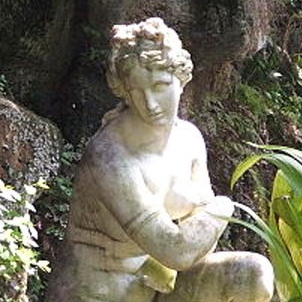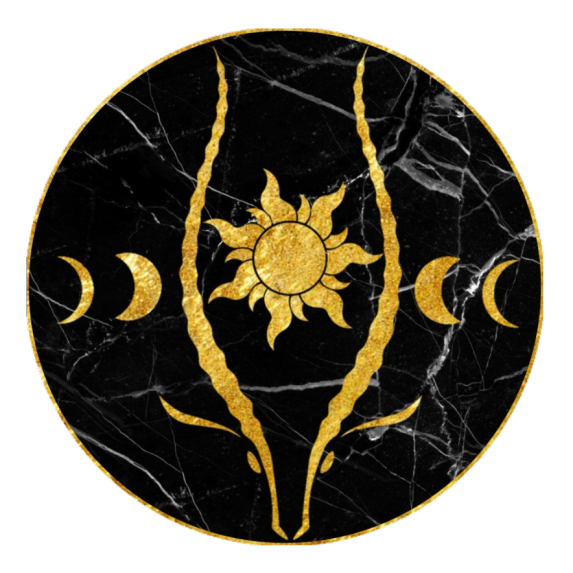Popular religion among Arabs remained mostly unchanged in the Greco-Roman period with the exception of minor things like the addition of Greek deities such as Nemesis and Tyche or giving Allāt Athena’s iconography. The reverence for holy places such as sacred groves and high mountains, baetyls, the various types of sacrifices, the use of altars (nsb), the role of kahins/priests, all remained mostly the same. Basically, the system worked, it didn’t need to change. The divine responded to human prayers and this was acknowledged throughout the ancient Near East. In fact, many inscriptions about offerings end with “because the god has listened to the prayer.” In Greek this idea is known as epekooi, the ones who listen to prayers. For example, epekoos, was an epithet of Baal Shamin, who although was an Aramaic god, was popular among the Arab nomads of the Al-Harrah basalt desert, and Atargatis, who was worshipped in Nabataea, was invoked as theoi epekooi.
What does appear in the Hellenistic era are angels. Malakbel who’s name literally means “angel of Baal,” and along with Aglibol, they were considered the “Holy Brothers” and “Holy Angels” of Baʿal Shamin. Even Ḏušarē had an angel, with an inscription saying “the god of Gaia and his angel Idaruma.” Baʿal Shamin, in fact, heads a whole list of deities called “the children of the gods” which is reminiscent of the Book of Enoch which calls angels “the holy sons of God.” At the beginning of the second century we start seeing Baal Shamin being called “Lord of Eternity” which reflects Baal Shamin’s transformation from a weather and vegetation god only in the first millennium BC to the supreme god. This transformation parallels developments in astronomy. Astronomy, the study of the heavens, grew, so the Lord of the Heavens also had to grow and encompass more.
From roughly the 4th - 1st centuries BC, Arab tribes from the southern Levant and northwestern Arabia migrated northward into Syria and Mesopotamia. Palmyra, Homs, Edessa, Bosra and Hatra all had significant Arab populations. At the same time as this migration was going on, Syria was Hellenizing. This simultaneous presence of three cultures, Arab, Aramean, and Greek, quickly blended into a new culture. This culture synchronized local deities with Greek ones. Allat with Athena, Alʿuzza with Aphrodite, Dhushara with Dionysus, Atargatis with Hera, Baal Shamin with Zeus, ʿAzizos with Ares, etc. These are of course not direct parallels and the attributes varied. For example, Allat was most commonly associated with Athena but Herodotus associates her with Aphrodite Urania and we even have an inscription associating her with Artemis.
Source: The Pagan God

